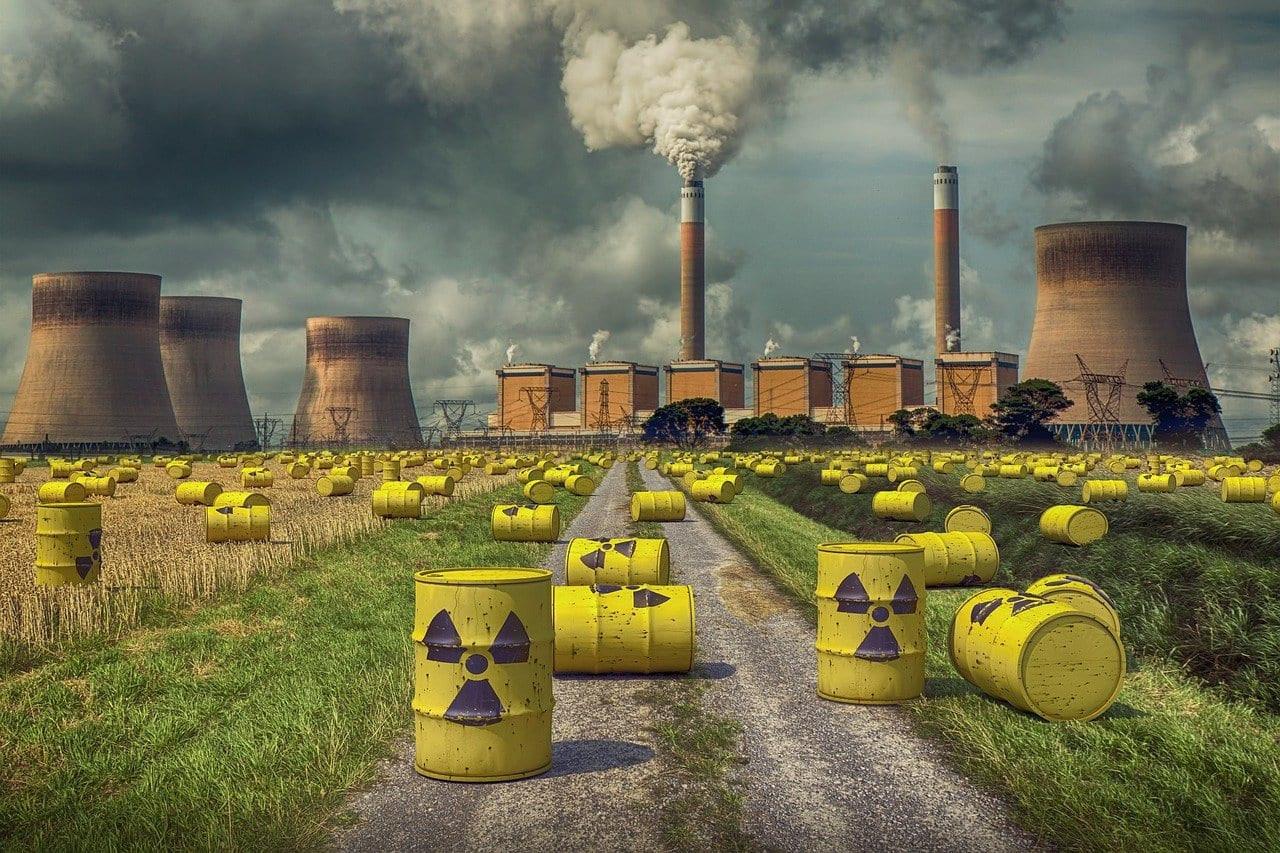Introduction
The nuclear waste management market is becoming increasingly important as global reliance on nuclear power grows. With rising energy demand and the push for low-carbon electricity, nuclear power remains a critical part of the global energy mix. However, managing radioactive waste safely and efficiently is one of the industry’s greatest challenges. The market focuses on the collection, treatment, storage, and disposal of nuclear waste generated from power plants, research facilities, and medical institutions. Governments and private organizations are investing heavily in sustainable and long-term waste management solutions to ensure environmental safety and regulatory compliance.
Understanding the Market
Nuclear waste is typically categorized into low-level, intermediate-level, and high-level waste based on its radioactivity and decay rate. Each category requires specific handling and disposal methods. The market is driven by the increasing number of nuclear power plants, growing decommissioning activities, and stricter safety regulations. Developed regions such as North America and Europe dominate the market, owing to their advanced nuclear infrastructure and regulatory frameworks. However, Asia-Pacific is emerging as a key region due to rapid nuclear energy expansion in countries like China, India, and South Korea. Governments are prioritizing safe waste disposal practices to maintain public confidence and reduce environmental risks associated with radiation exposure.
Technological Innovations
Technological advancements are at the forefront of improving nuclear waste management efficiency and safety. Deep geological repositories (DGRs) are gaining prominence as the most secure method for storing high-level radioactive waste for thousands of years. Advanced reprocessing technologies are being developed to extract usable materials, reducing overall waste volumes. Robotics and automation are increasingly used for handling and monitoring radioactive materials, minimizing human exposure risks. Artificial intelligence (AI) and machine learning (ML) are also being implemented for predictive maintenance, radiation tracking, and data-driven safety assessments. Innovations in dry cask storage and vitrification—where waste is converted into stable glass—are further enhancing long-term containment.
Market Growth and Future Outlook
The nuclear waste management market is projected to experience steady growth over the coming decade, supported by increasing nuclear power generation and decommissioning projects. As nations transition toward clean and low-carbon energy sources, nuclear energy offers a viable path to meet climate goals. This growth directly correlates with the rise in radioactive waste generation, driving demand for advanced waste management infrastructure. Governments are investing in permanent disposal facilities and research into sustainable waste reduction technologies. The establishment of multinational storage repositories and regional collaborations is also likely to shape future growth. Furthermore, private sector participation in waste handling and recycling services is expected to expand, improving operational efficiency and reducing costs.
Challenges and Opportunities
Despite growth potential, the nuclear waste management market faces challenges such as high operational costs, lengthy approval processes, and public opposition to waste disposal sites. Geopolitical factors and inconsistent international regulations further complicate cross-border waste management. However, opportunities lie in the adoption of new technologies and global collaboration for shared disposal solutions. The increasing focus on nuclear decommissioning projects presents another major opportunity, particularly in countries phasing out older reactors. Additionally, the emergence of small modular reactors (SMRs) and fusion research programs will demand new waste management frameworks, driving innovation in storage and disposal technologies.
Conclusion
The nuclear waste management market plays an indispensable role in ensuring the long-term safety and sustainability of nuclear energy. As the world transitions toward cleaner power sources, managing radioactive waste responsibly becomes even more critical. With advances in geological storage, reprocessing, and automation, the sector is becoming more efficient and reliable. Governments and private players must continue collaborating to develop global safety standards and invest in advanced waste reduction methods. The future of nuclear energy depends not only on power generation but also on how effectively the industry manages its waste, ensuring a sustainable and secure energy ecosystem.



